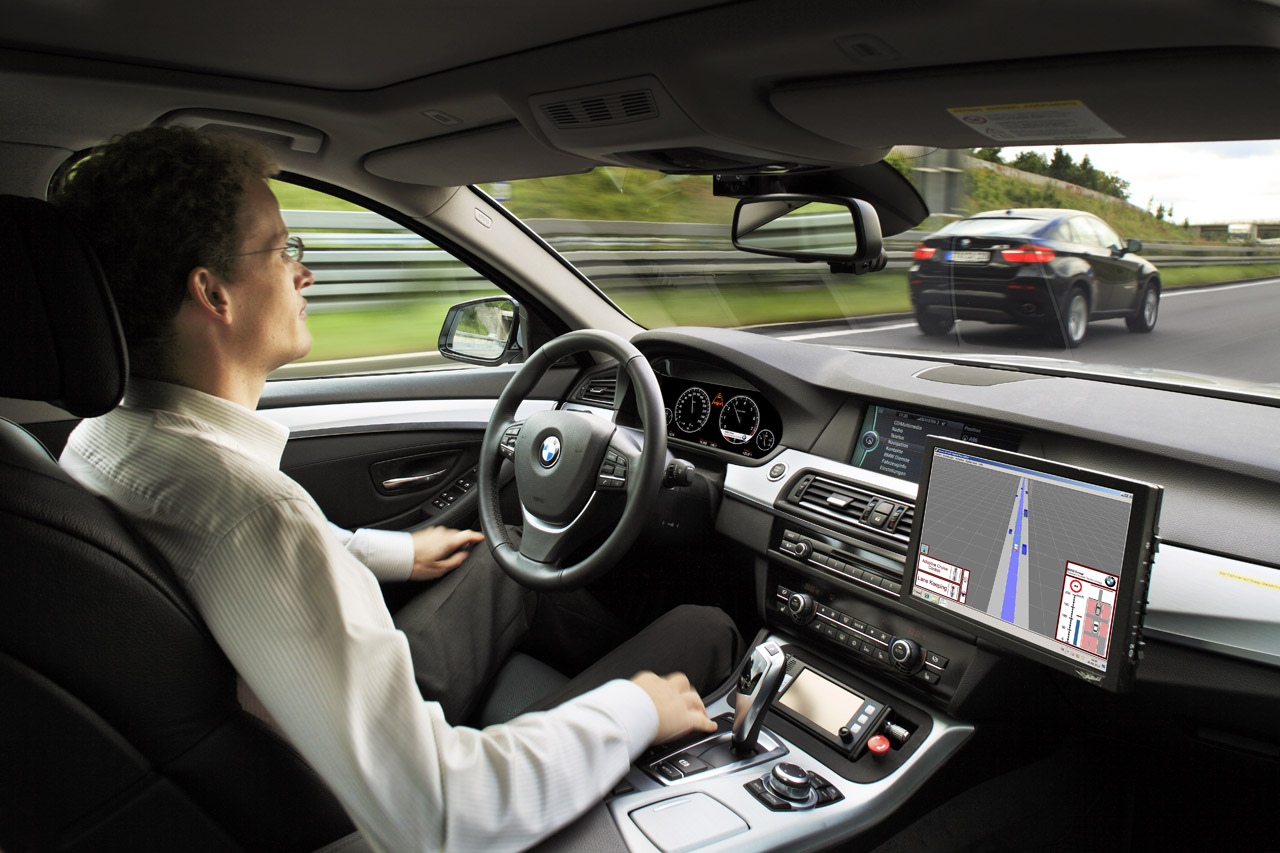The automotive industry has expanded globally over the last century, primarily owing to changing consumer preferences, rising concerns with regard to driver safety and environment, and stringent government regulations focusing on crash avoidance rather than crash survival. The constant demand to meet efficiency and security standards are effectively driving the need to deploy automotive sensors. The rising demand in the automotive industry for highly reliable and cost-efficient sensors is resulting in mass production of these sensors. The sensors play a vital role in the automotive industry by skillfully monitoring various electronic and electromechanical applications by gathering varied forms of data, such as temperature, pressure, position, speed, flow, level, torque, and oxygen levels, of different vehicle applications such as powertrain, chassis, body, safety, and exhaust.
Electric vehicles (EVs) are automobiles that derive power from unconventional power sources, which is further transformed to useful operation by the electric motor, with minimal or no requirement for any kind of additional fuel. The idea of substituting fuel as the source of propulsion was conceived as early as the 19th century and has been used for mass commercialization over the last few decades. The major sensor currently used in the EVs is the battery monitoring sensor (BMS) for the measurement of the battery’s health and the state of charge of the battery.
Automotive Sensors Industry Overview
The global automotive sensors industry is expected to reach $12.79 billion by 2030, with a CAGR of 5.47% during the forecast period 2021-2030. Original equipment manufacturers (OEMs) are integrating numerous sensors in their vehicles to achieve performance demands being made by customers regarding increased productivity and minimization of vehicle downtime. Companies are developing solutions to deal with issues such as driver fatigue, which is being seen as a major factor in about 20% of road accidents happening today.
Rising demand for automotive sensors in automobiles can be witnessed in the market, largely owing to the increase in government regulations for automobile safety and emission control. The regulations are increasing the demand for automotive sensors industry in applications such as body control system, power steering system, climate control, and anti-braking system (ABS). These features are being deployed by sensor manufacturers as a popular option in vehicles.
Temperature Sensors to Dominate the Automotive Sensors Industry Throughout the Forecast Period:
Major sensors such as temperature sensor, pressure sensor, position sensor, speed sensor, level sensor, inertial sensor, gas sensor, flow sensor, knock sensor, force sensors, and torque sensors, among others are, largely, being developed by sensor manufacturers. The growth of temperature sensors segment is mainly due to extensive stringent government regulations regarding the exhaust emissions, which is a key factor driving the growth of temperature sensors market, by increasing the deployment of exhaust gas temperature sensors to monitor the proper functioning of the exhaust system.
OEMs to Dominate the Automotive Sensors Market:
The different mode of sales for automotive sensors includes original equipment manufacturers (OEMs) and aftermarket. OEM is an independent entity that operates as a rebranding company for original manufactures of products such as automotive sensor, while the aftermarket is a secondary market that supplies automotive parts and accessories after the original sale of the vehicle.
Global Automotive Sensors Industry Regional Analysis:
The global automotive sensors market has been segmented based on region North America, Europe, U.K., China, Asia-Pacific and Japan, South America, and the Middle East and Africa. China is among the top leading countries in terms of vehicle production. The country is a hub of numerous vehicle manufacturers, which in turn contribute to the demand for automotive sensors in the region.
To know more about automotive sensors and automotive sensors industry, please have a look at the snippet of the report only at BIS Research’s official website.
The Report Provides You the Data of Every Segment of Automotive Sensors Industry:
The report is a compilation of various segmentations, including market breakdown by applications such as powertrain, chassis, body, safety and control, and exhaust systems. While highlighting the key driving and restraining forces for this market, the report also provides a detailed study of the different modes of sales, which includes OEM and aftermarket. The report is based on discussions and interviews with the top management of several leading automotive OEMs, tier XX suppliers, and sensor manufacturers.
The report consists of a comprehensive analysis of the global automotive sensors industry for various regions such as North America (U.S., Canada, and Mexico), Europe (Germany, France, Spain, and Rest-of-Europe), Asia-Pacific and Japan (Japan, South Korea, India, and Rest-of-Asia-Pacific and Japan), U.K., China, Middle East and Africa, and South America. Each region analysis details the individual push and pull forces, in addition to the key players from that particular region.
You can also download the sample of the automotive sensors report:
0







